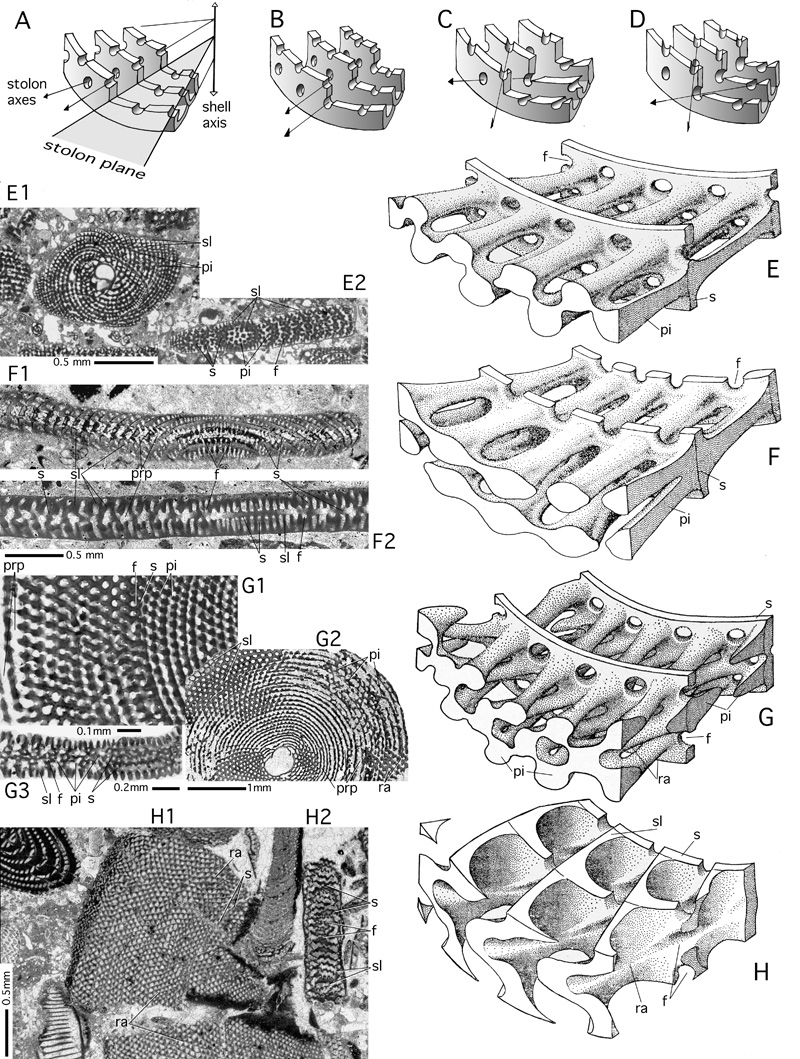
Figure 47: Endoskeletal patterns in discoidal shells.
A-D: disposition of apertural axes. A: radial axes alternating in radial position from one stolon layer to the next. This is the most common disposition in imperforate forms with annular stages of growth. B: radial axes superposed in radial position on all stolon planes. C: crosswise-oblique stolon axes alternating in radial position from one stolon plane to the next. D: crosswise-oblique stolon axes superposed on all stolon planes. This pattern characterizes all members of the orbitolitid family. Schematic, not to scale. E-H: all endoskeletal elements
are disposed in accordance with the basic patterns of the foraminal axes: E corresponds to pattern A, F to pattern B, G to pattern C and H to pattern D. Stereographs after , 1967. Schematic, not to scale. In reality, the patterns are often disturbed by intercalary
elements generated as the diameter of the annuli increases during growth. This maintains on the apertural face the mean distances between apertures and their mean diameter constant during ontogeny. Examples: E1-2: Pseudotaberina malabarica, megalospheric generation, from Iran. Middle Miocene. E1: oblique-centered section of spiral-involute stage showing radial disposition of pillars. Laterally, there is a layer of short septula. E2: a transverse section tangential to a septum shows the alternating disposition of the foramina and the pillars. F1-2: New genus (possibly related to Pastrikella) from the Pyrenean
Upper Cretaceous in Northern Spain. The endoskeleton consists only of septula. There is but one median annular preseptal passage and it occupies the total radial extension of the annular chamber.
There are only two planes of stolons. F1: an oblique section at a low angles with respect to the equatorial plane shows the radial disposition of the apertural axes and of the septula. F2:
a transverse section parallel to the shell axis shows that the stolon axes on the two stolon planes are superposed. G1-3: Amphisorus from Rottnest Island near Perth, Australia. Recent. G1: the detail of an equatorial section demonstrates the crosswise-oblique disposition of the pillars on neighboring stolon planes.
G2, an equatorial section, demonstrates that pillars are restricted to the equatorial zone of the disc. G3:
a transverse section parallel to the shell axis and tangential to an annular septum shows the disposition of the median foramina and pillars altermating in radial position on successive stolon planes. They are flanked by two annular preseptal passages separating them from a lateral layer of septula subdividing the annular chamber. H1-2: Orbitolites spp. from the region of Tremp, Lerida prov., Northern Spain. Pyrenean Lower Eocene (Ilerdian). H1: the comparatively regular disposition of the ramps in sections parallel to the equatorial plane
reveals their superposition in consecutive stolon planes. H2: in the transverse section parallel to the axis of the shell this superposition is clearly visible where the section is tangential to an annular septum.
Abbreviations: b: beam; f: foramen; pi: pillar; prp: preseptal space; ra: ramp; s: septum; sl: septulum.